Into the Forest: Tales of the Baba Yaga with a foreword by Christina Henry, edited by Lindy Ryan
Black Spot Books, 2022
ISBN-13 978-1645481232
Available: Paperback, Kindle edition, audiobook, audio CD ( Bookshop.org | Amazon.com )
This anthology collects stories inspired by the Slavic folk character Baba Yaga, a child-eating witch with iron teeth who lives deep in the woods in a house with chicken feet, rides in a mortar and pestle, and can either help or hurt visitors, especially women, for a price, and depending on her whim. All the stories are by women writers of horror.
Standout pieces include Stephanie M. Wytovich’s vivid poem “Dinner Plans with Baba Yaga”; Gwendolyn Kiste’s “Last Tour into the Hungering Moonlight”, a real estate pitch that draws neighborhood women into the woods; Sara Tantlinger’s “Of Moonlight and Moss”, a fairytale that isn’t; “Wormwood” by Lindz MacLeod, and “Flood Zone” by Donna Lynch, both with the witch as justice-bringer, in very different ways; “Sugar and Spice and the Old Witch’s Price” is a dread-inducing counterpart to Kiste’s earlier story; “Herald the Knight” by Mercedes M. Yardley is Baba Yaga’s love story; Jill Baguchinsky’s “All Bitterness Burned Away” is an interesting reversal of Hansel and Gretel; “A Trail of Feathers, A Trail of Blood” by Stephanie M. Wytovich is a heartbreaking story that explores the true meaning of sacrifice; “Baba Yaga Learns to Shave, Gets Her Period, and Comes Into Her Own” by Jess Hagemann reflects the teenage girl’s experience of being trained to conform; EV Knight’s memorable and powerful “Stork Bites”, in which Roe vs Wade has been dismantled, leaving an unusual method of illegal abortion, with disturbing consequences, as the only resort for ending a pregnancy; “Where The Horizon Meets the Sky” by R.J. Joseph is a sort of “Monkey’s Paw” tale; the vivid and gruesome “Maw Maw Yaga and the Hunter” by Alexandrea Weis; and the descriptive, poetic stories “Baba Yaga in Repose” by Heather Miller and “Shadow and Branch, Ghost Fruit Among The Lullabies” by Saba Syed Razvi.
There is a lot of variety in approach and interpretation. If you have an interest in Baba Yaga, witches, folklore, or supporting women writers, this is a collection to enjoy. Recommended.
Reviewed by Kirsten Kowalewski
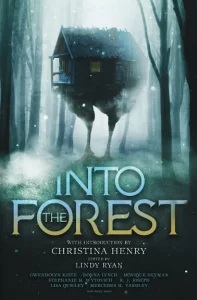
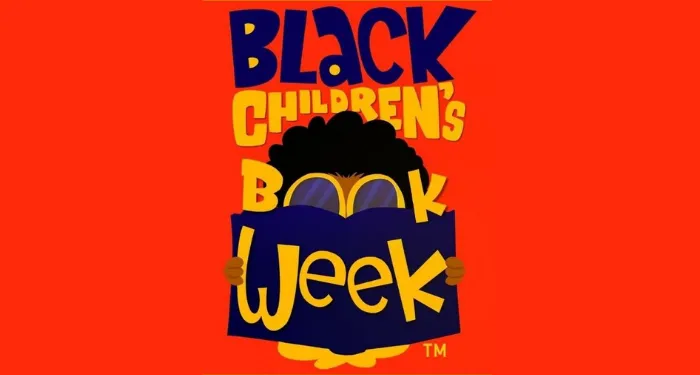
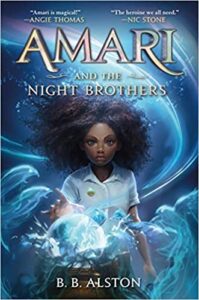
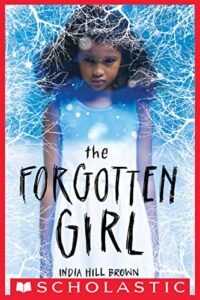

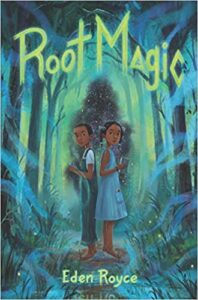




Follow Us!